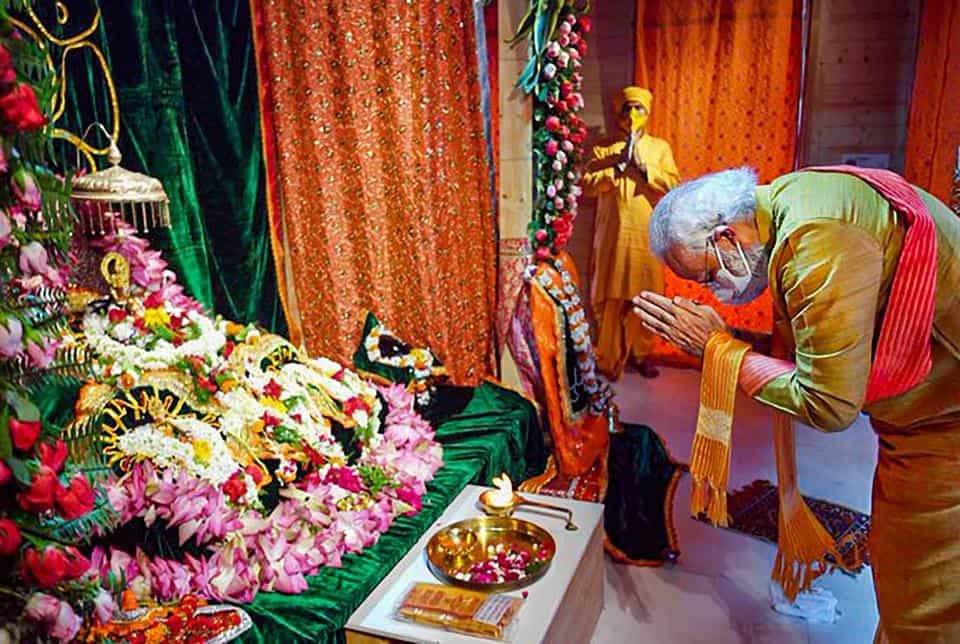An expert committee of engineers led by an ex-director of IIT Delhi was set up by the Sri Ram Janmabhoomi Tirath Kshetra for assessing the foundation work of the Ram Temple in Ayodhya and accordingly give the required suggestions.
The eight-member committee is under the chairmanship of ex-director of IIT-Delhi, Prof VS Raju. Alongside, the convenor of the committee is Prof N Gopala Krishnan, director of Central Building Research Institute, Roorkee.
Further on, the various other members of the committee include Prof SR Gandhi, director, NIT, Surat; Prof B Bhattacharjee, Prof Emeritus, IIT Delhi; AP Mull, consultant, Tata Consultant Engineers’ TG Sitharam, director, IIT Guwahati; Prof Manu Santhanam, IIT Mumbai; and Prof Pradipta Banerji, IIT Mumbai.
The committee will have access to all the structural and architectural details which includes structural design, soil testing and piling test reports. For in-depth review, the committee can have a discussion with the design team of Larsen & Toubro along with the design review team of TCE, CBRI-Roorkee and IIT Madras and see through the details, data and documents related to their work.
The committee will supposedly present the details of the assessment by December 15, but the may ask for an extension further.
Champai Rai, General Secretary of Sri Ram Janmabhoomi Tirath Kshetra Trust, said, “A committee has been constituted to review foundation work related with Ram temple and to suggest effective measures required for the temple’s foundation.”
The objectives of the committee include assessing the soil investigation conducted by Larsen & Toubro, estimating the possibility of liquefaction of soil under seismic hazards and accordingly give suggestions for safeguards, assessing the precedents of likewise structures built in India or other countries and find out whether their methodology is apt for construction of Ram Mandir, and checking the proposed materials whether they are suitable for foundation and construction of Ram temple. T
The other objectives include assessing the ageing of concrete to be utilized for foundations by subjecting it to deterioration with sulphate attack, leaching, thawing-freezing, and wetting-drying cycles, and to assess the foundation system presented by Larsen & Toubro whilst considering the quality of the construction and the shelf-life of the temple with respect to the parameters of sub-soil conditions, which includes toxic chemicals inherent in the sub-soil, environmental factors, seismic loads and underground water currents considering the proximity of the temple to the river Saryu.


